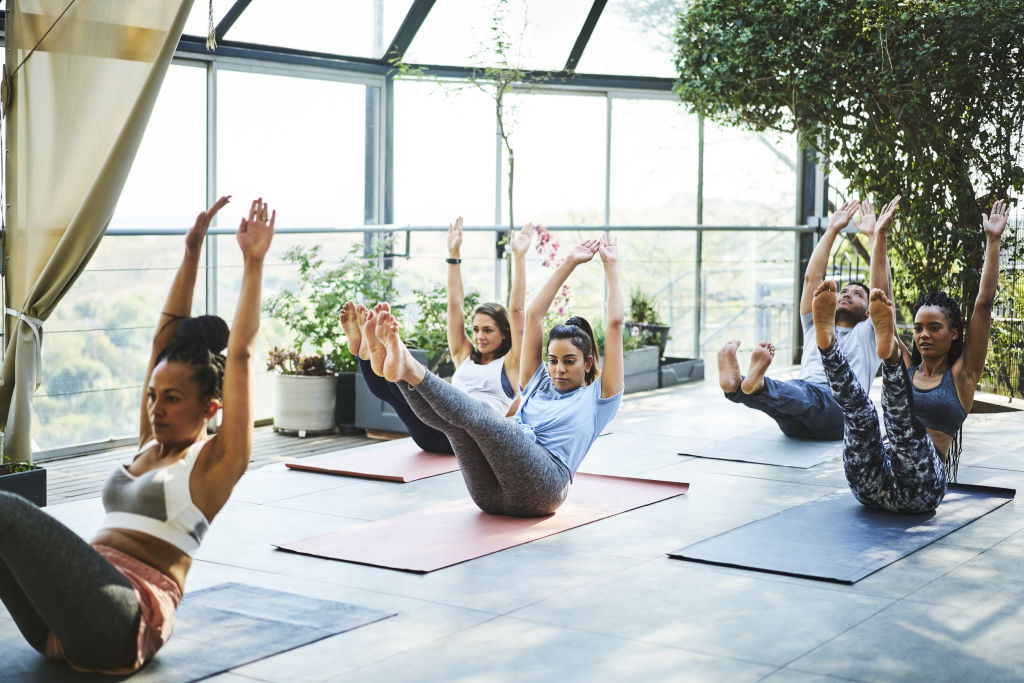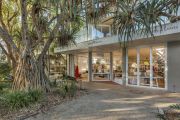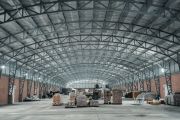
How flexible work is impacting the design of office buildings
Gone are the days of workers feeling chained to the desk from nine to five. Flexible work is here to stay and has brought a raft of new additions to the average office building.
Flexible work – the ability to work from anywhere at any time – embraces the notion of workers achieving a balance between their professional and personal lives.
With SEEK data showing 95 per cent of people want the option to work remotely at least one day a week, companies offering flexible employment conditions generally attract more job candidates than those that don’t.
From soundproof pods to break-out rooms and amphitheatres to rooftop gardens – the list of places that inspire workers is increasing.
Flexible work is far from a throwaway term, says Sarah Hughes, Colliers’ national director of tenant advisory. “Every business, regardless of size, needs to consider flexible spaces and how they can make those spaces work for them.
“It’s just another change in how we operate, and I think it’s fair to say that technology is here to stay and that virtual meetings are here to stay, so how do we then accommodate those changes in our office layout? That means a level of flexibility is required, definitely.”
Most flexible spaces are structured around technology, allowing workers to plug in and work individually or in teams. This includes audiovisual capabilities, podcast studios and, most commonly, videoconferencing rooms.
In today’s “post-pandemic” era, companies expect to connect easily with remote workers and want offices with the latest technology to support these connections.
“It’s an expensive exercise but well worth it, Hughes says. “So long as the space is designed with flexibility in mind upfront, then any changes required in future should hopefully mitigate an impact on cost. But it’s where a fit-out isn’t designed at the moment to accommodate that future flexibility that tenants or businesses will probably find themselves facing higher capex spend down the line to make those alterations retrospectively.”
The offices providing the best flexible workspaces offer premium wellness, food and bookable room options, says Nicole Ward, general manager office at ISPT.
“There’s a genuine focus on wellbeing – including yoga and other body movement classes, but also access to natural light and fresh air and mindfulness,” she says.
“On-site food options are also extremely important – a grab-and-go offering – as well as comfortable third spaces for people to sit and hold informal meetings or to work on an individual basis.
“Tenants are also seeking the ability to grow and contract their space requirements, given they might not have a full picture yet of where their office utilisation will land.”
Working-from-home arrangements have been cemented across various industries despite the end of pandemic restrictions and the introduction of return-to-work mandates.
Australian Bureau of Statistics data found 46 per cent of all employees were working from home in 2022, and 34 per cent of all businesses were using teleworking arrangements for at least a portion of their workforce.
Employers are best placed to entice workers back if they provide a blend of workspaces that almost mimic the home environment, says Chamoun Malki, general manager of investments at Frasers Property Australia.
“I think the best flex working space is often mixed mode, and that’s a combination of basically indoor and outdoor space,” he says.
“It [includes] a bit of outdoor, fresh air – biophilia. And for me, that blurs the lines between what we’ve probably all been accustomed to as part of this global experiment we’ve been part of, in terms of working from home for the last couple of years. People have gotten used to perhaps taking a phone call and having a bit of a meander around the outdoors.”
Biophilia, the human drive to connect with nature and living things, is wielding an increasingly strong influence on commercial property domestically and internationally.
Australian tech giant Atlassian’s new headquarters in New York will be a 40-storey sustainable skyscraper with large planted terraces throughout.
Malki expects it’s a sign of things to come in buildings embracing flexible workspaces.
“I can see the introduction or the focus on these natural elements for health and wellbeing being far more part of the narrative than just our health and wellbeing,” he says.
“The next generation of office towers will have terraces where you can sit outside, have a winter garden type experience, and bleed that into a mix of traditional working styles [and] that mixed-mode format.”










